Ficus Australis
Ficus australis, commonly known as the Australian Fig or Strangler Fig, is a large, evergreen tree native to eastern Australia. It is admired for its broad, glossy green leaves, impressive canopy, and distinctive aerial roots. The Australian Fig is a versatile tree that can be used for shade, ornamental purposes, and in tropical or subtropical landscapes. It is known for its rapid growth and ability to create a lush, dense canopy.
- Botanical Name: Ficus australis
- Common Name: Australian Fig, Strangler Fig
- Mature Height: 30-50 feet (9-15 meters)
- Mature Spread: 20-40 feet (6-12 meters)
- Growth Rate: Fast
- Light Requirements: Full sun to partial shade
- Soil Requirements: Well-draining soil; tolerant of a range of soil types including sandy, loamy, and clay soils
- Water Needs: Moderate; requires regular watering, especially during dry periods
- Foliage: Evergreen, with large, glossy, dark green leaves
- Flowers: Small, greenish, inconspicuous flowers that are not particularly ornamental
- Fruit: Small, fig-like fruits that are not commonly eaten but attract wildlife
Uses:
- Shade Tree: Provides excellent shade due to its large, dense canopy, making it ideal for parks, large gardens, and outdoor spaces.
- Ornamental Tree: Adds visual interest with its glossy foliage and large size, suitable for both formal and informal gardens.
- Tropical Landscaping: Well-suited for tropical and subtropical landscapes due to its robust growth and attractive appearance.
- Wildlife Habitat: Fruits and dense foliage attract various wildlife, including birds and insects.
Benefits:
- Rapid Growth: Grows quickly to provide shade and a lush canopy, making it a valuable addition to large landscapes and gardens.
- Aesthetic Appeal: Features large, glossy leaves and a striking presence, adding beauty and interest to any garden setting.
- Low Maintenance: Requires minimal care once established, with occasional pruning and standard pest and disease management.
- Wildlife Attraction: Attracts wildlife with its fruits and provides habitat and shelter for various animals.
Ficus australis (Australian Fig) is a robust and attractive tree that enhances gardens and landscapes with its impressive size, glossy foliage, and dense canopy. Its adaptability, rapid growth, and aesthetic appeal make it a valuable addition to a wide range of garden settings and uses.
Debes acceder para publicar una valoración.
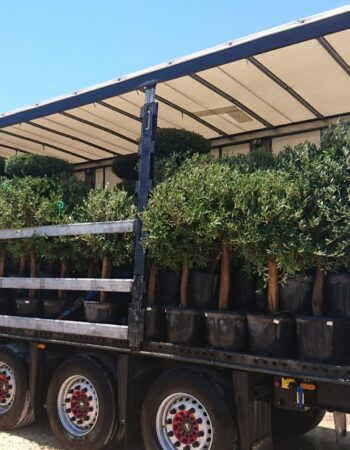
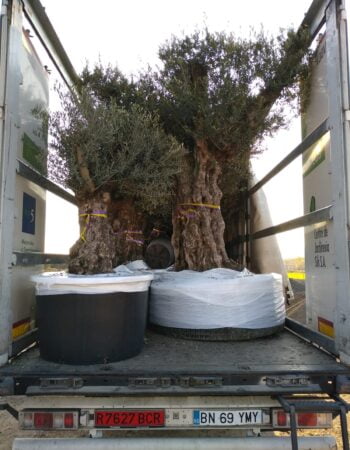
CAREFUL TREE TRANSPORTATION
At Treezom, we take great care in transporting your trees to ensure they arrive in perfect condition. Our expert team uses various methods, depending on the size and volume of the order, to provide safe and efficient delivery. Whether you're ordering a single tree or a bulk order, we guarantee high standards of handling and care throughout the process.
MULTIPLE SHIPPING METHODS
- Truck Delivery: Ideal for local or regional deliveries, ensuring a smooth and timely shipment of your trees directly to your location.
- Sea Containers (20’ or 40’): Perfect for larger orders or international shipping. Our sea containers are equipped to handle bulk shipments with optimal protection.
- Other Customized Solutions: Depending on the size and nature of your order, we can offer tailored shipping methods to meet your specific needs.
No matter the shipping method, we use specialized packaging and handling procedures to protect the trees during transit, ensuring they arrive healthy and ready for planting.
Below, you’ll find key tips tailored to this species’ requirements. Whether you’re new to plant care or have plenty of experience, these guidelines are here to support you in keeping your green companion healthy and vibrant.
- Planting:
- Choose a location with full sun to partial shade and well-draining soil.
- Dig a hole twice the width of the root ball and equal in depth.
- Place the plant in the hole, backfill with soil, and water thoroughly.
- Ensure adequate spacing from other plants and structures to accommodate its mature size.
- Watering:
- Water regularly during the establishment period to support healthy root development.
- Once established, water as needed to keep the soil moist but not waterlogged.
- Increase watering during prolonged dry periods or hot weather.
- Pruning:
- Prune to maintain shape, remove dead or damaged branches, and control size.
- Prune in late winter or early spring before new growth begins.
- Regular light pruning helps to maintain a neat appearance and encourages dense foliage.
- Fertilizing:
- Feed with a balanced, slow-release fertilizer in early spring to support healthy growth.
- Avoid over-fertilizing, as excessive nutrients can lead to lush foliage growth at the expense of plant health.
- Reduce fertilization during the winter months or during periods of dormancy.
- Pest and Disease Control:
- Ficus australis is generally pest-resistant but can occasionally suffer from pests such as scale insects or aphids; treat with insecticidal soap or horticultural oil if necessary.
- Monitor for fungal diseases like leaf spot or root rot; ensure good air circulation and avoid waterlogged soil.
- Regularly inspect the plant for signs of pests or disease and address issues promptly.
*This information is provided for informational purposes only. For more detailed care, please consult a professional Gardener or Arborist.


 SINGLE TREE
SINGLE TREE OUTDOOR POTS
OUTDOOR POTS











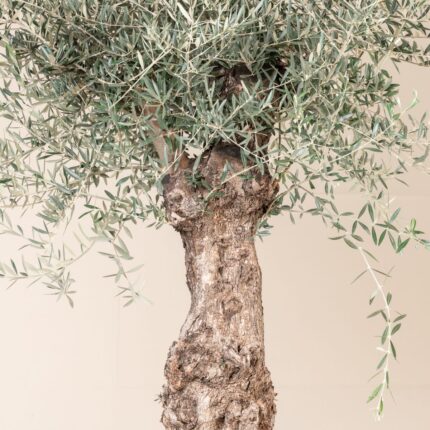
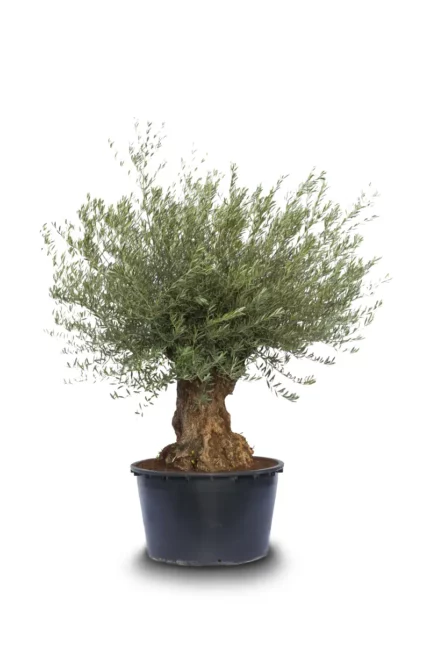

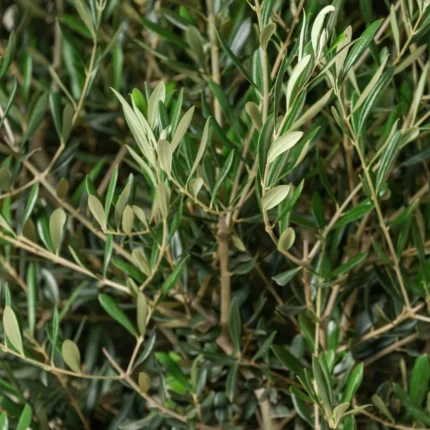
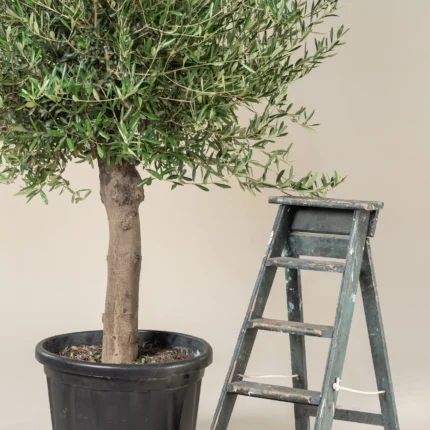

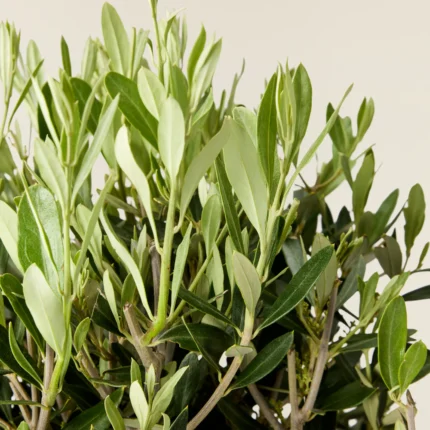






 Single Tree
Single Tree
Valoraciones
No hay valoraciones aún.